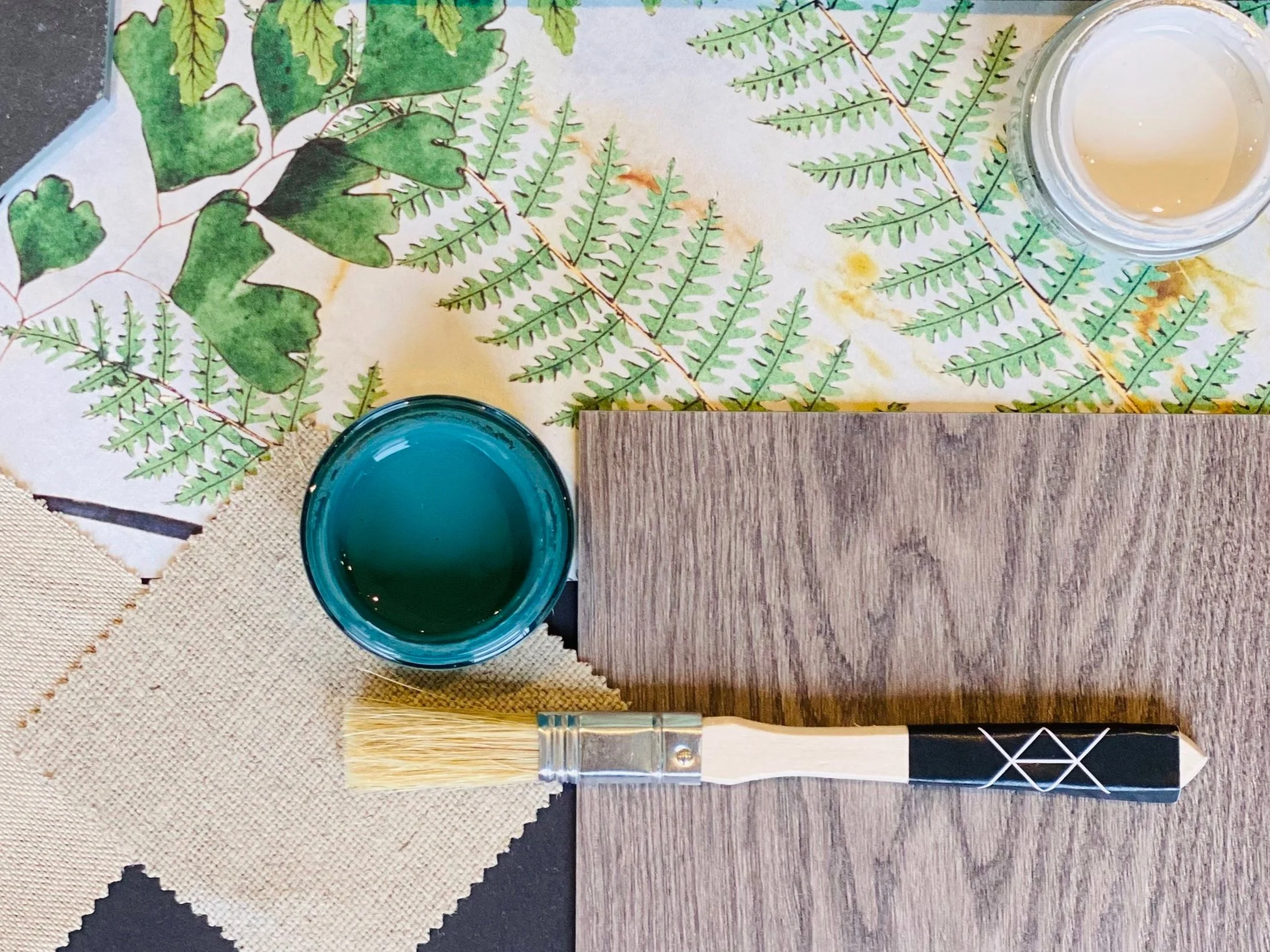Bring the outdoors in - Biophilic Design - A practice for wellbeing
Biophilic design, the practice of incorporating elements of nature into the built environment, has gained significant popularity in recent years. This innovative approach harmoniously blends the world of architecture and interior design with the power of nature, resulting in spaces that promote physical well-being, enhance productivity, and create a sense of tranquility.
Central to biophilic design is the understanding that humans have an innate connection to nature. As urbanization continues to rise and people spend more time indoors, this connection becomes increasingly crucial. By integrating elements like natural light, greenery, water features, and natural materials, designers can create spaces that not only look beautiful but also serve as sanctuaries for the human psyche.
One fundamental aspect of biophilic design is the utilization of natural light. Maximizing the use of daylight not only reduces energy consumption but also provides occupants with the ever-changing, dynamic qualities of natural lighting. Large, strategically placed windows, skylights, and lightwells allow for the penetration of sunlight deep into the interior, creating vibrant and uplifting spaces. This connection to the outdoors through light fosters a greater sense of connectedness to the surrounding environment.
Greenery plays a vital role in biophilic design, as it connects us with nature through the inclusion of plants, living walls, and even indoor gardens. Not only do plants purify the air, but they also provide visual stimulation and a calming effect. The presence of greenery has been proven to reduce stress levels, boost creativity, and enhance overall cognitive function. Incorporating plant life into interior spaces ensures a sense of freshness and vitality, bringing a touch of nature's serenity indoors.
Water features are another key element of biophilic design. The soothing sound and visual presence of water create a calming atmosphere that helps to reduce anxiety and promote relaxation. The incorporation of elements such as indoor waterfalls, fountains, or ponds can transform any space into a peaceful retreat. Water acts as a natural separator, providing privacy while simultaneously connecting different areas, enhancing the overall flow and harmony of the space.
Using natural materials is essential in biophilic design as they evoke a connection to the earth. Wood, stone, clay, and other organic materials bring a sense of warmth and authenticity to interior spaces. Not only are they aesthetically pleasing, but they also contribute to the overall well-being of occupants by improving indoor air quality, sense of self and calm that only nature can instil.
Transformative Power of Colour
Colour has an incredible ability to uplift, inspire, and transform the atmosphere of a space. From the soothing hues of blue to the vibrancy of red, the careful selection and application of colour can have a profound impact on the overall aesthetic and mood of an interior. Whether it's a residential abode, a commercial space, or even a public area, the transformative power of colour can create a truly immersive and captivating experience.
Colour has an incredible ability to uplift, inspire, and transform the atmosphere of a space. From the soothing hues of blue to the vibrancy of red, the careful selection and application of colour can have a profound impact on the overall aesthetic and mood of an interior. Whether it's a residential abode, a commercial space, or even a public area, the transformative power of colour can create a truly immersive and captivating experience.
One of the most noticeable effects of colour in interiors is its ability to influence emotions. Certain colours can evoke a sense of calm and tranquility, while others can ignite passion and energy. For instance, a light and airy room painted in soothing pastel tones can instantly create a serene and peaceful sanctuary. On the other hand, a vibrant red accent wall in a dining area can stimulate appetite and create a lively and stimulating atmosphere. Colour has the power to communicate messages and evoke specific emotional responses, allowing designers to curate desired experiences for those who occupy the space.
Furthermore, the strategic use of colour can also enhance the perceived size and functionality of a room. Lighter colours tend to make a space feel more spacious and open, while darker shades can create a sense of intimacy and coziness. In small rooms, the use of pale hues on walls and furniture can visually expand the boundaries and make the area feel more expansive. Contrarily, in larger spaces, the clever application of darker colours on select walls or features can create a sense of depth and comfort. By understanding the principles of colour psychology and spatial perception, designers can manipulate the visual aspects of a room, transforming its dimensions to suit intended purposes.
Additionally, colour has the power to showcase individuality and personal style. A well-chosen and thoughtfully executed colour palette can be a reflection of the occupant's taste and personality, making a space feel truly unique and customized. Whether it's a bold and dramatic combination or a harmonious blend of complementary shades, the right use of colour can impart a distinct character and make a space feel authentic and welcoming. By carefully considering the desires and preferences of the client, designers can select colours that resonate with their personality and create an environment that truly feels like home.
Essentially, the transformative power of colour in interiors is undeniable. From influencing emotions to altering perceptions and showcasing individuality, colour plays a pivotal role in crafting a memorable and impactful interior design. By harnessing the communicative and sensory properties of colour, designers can create truly effective and beautiful design that does good.





